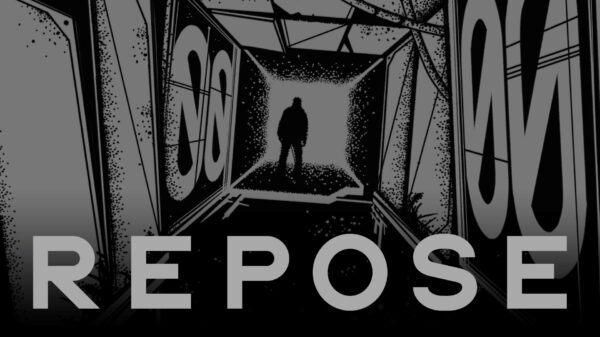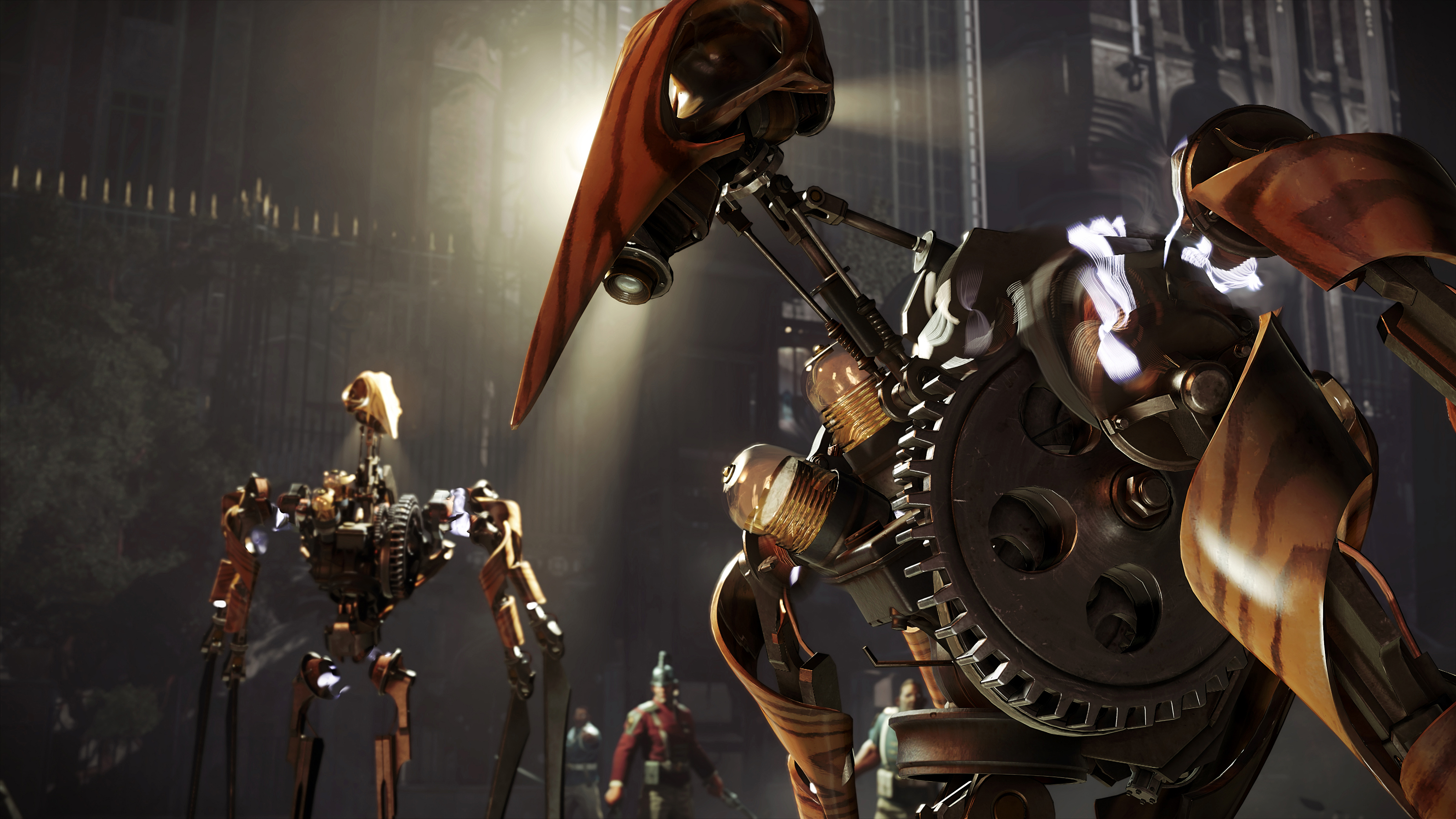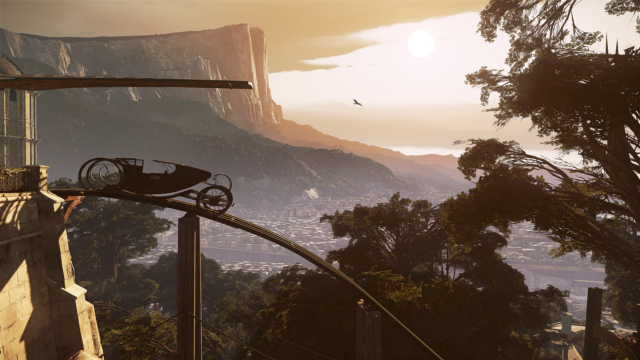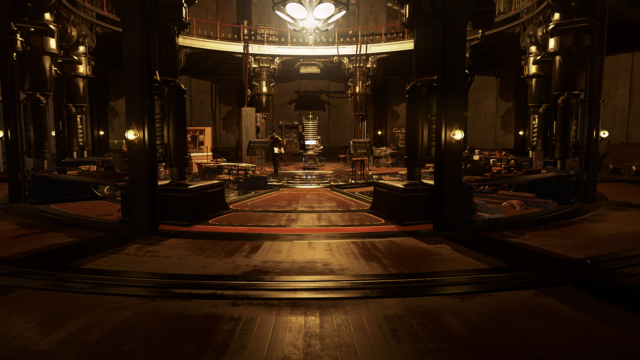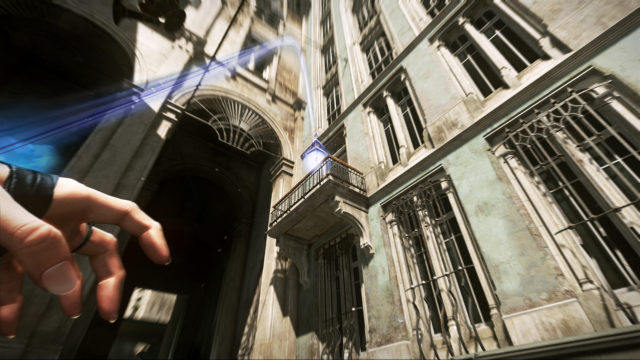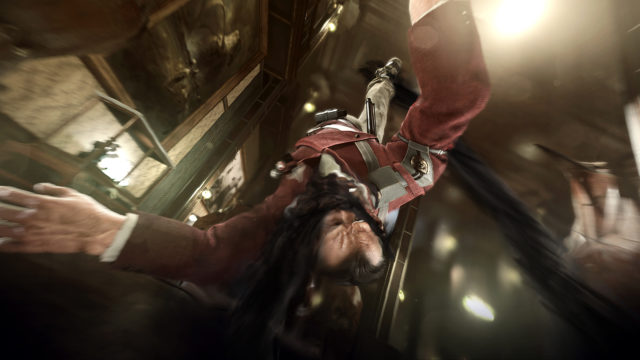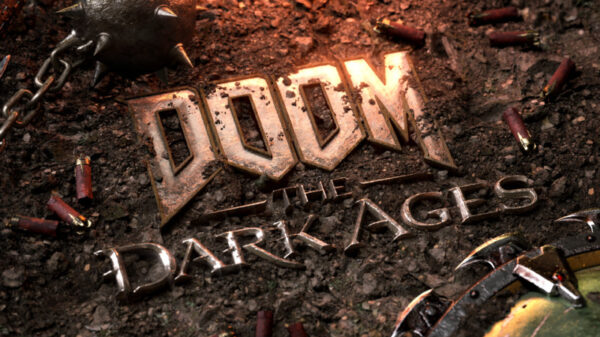Let me preface this preview with a confession: I never played “Dishonored.” The world looked cool, but really I was worried it wouldn’t live up to its “emergent gameplay” style. Some regret over missing the stealth action game began setting in recently when Arkane and Bethesda held a recent preview event for its upcoming sequel at The Edison Hotel in Los Angeles.
With a little over a month until the game’s release, expect a full media blitz. And of course there should be a blitz, the small portion I played was fun as hell, and made me wish I played the first title in the series.
However before the event ended, I overheard a reporter ask Harvey Smith, Arkane Studio’s Co-creative director, if he played the recent “Deus Ex.” In that moment I grew a bit skeptical of my time with “Dishonored 2,” but I’ll clear up that connection later.
The demo I played through consisted of disposing Kirin Jindosh within his Clockwork Mansion. I played as Emily Kaldwin, former empress and daughter of Corvo, the hero from the first game. Corvo is also playable in “Dishonored 2,” but I didn’t have a chance to play him.
The mission evolves through a rather complex level design. The floors and walls rotate, revealing multiple floors and hidden secrets. It was enough to make me feel like the game was giving me an extra layer of tactics on top of its already involved but simple gameplay. In one instance during my second play through of the mission, the center floor in a room lowered to reveal the mansion’s basement. It meant I could skip a large portion of the level to reach a secondary objective, but it also meant dispatching an NPC I hadn’t previously encountered. In another instance, after a failed stealth attempt, I ran into a room and flipped a switch not knowing what it would do. The room shifted into another floor and revealed an office that I didn’t know existed.
It didn’t take long for me to appreciate the craftsmanship on the part of the level designers. Besides its great aesthetic, the layout felt inspired and complimented the demo’s personality. The robotic enemies patrolling the halls of the mansion were programmed with the voice of Jindosh, prompting a double take on my part. One moment Jindosh spoke to me through a radio, and the next his voice rang through a bot ready to tear me apart. It was both funny and nerve racking, although it was tough to pay attention to either one when they spoke at the same time.
Players returning to the series will find new powers and skills with Emily. My favorite was her creepy stealth power, Shadow Walk, where she turned into a dark entity and scurried across the floor. Her crossbow also proved quite useful in many situations. All of the skills now come with an upgrade tree, which should allow players to further flesh out their own play style in “Dishonored 2.”
I found the gameplay flexible in my experience with the demo. At my discretion I can flip to any play style I want. I can enter a room in the form of Emily’s Shadow Walk and sneak past one of the mansion’s pesky robots. Or, if I felt like it I could pop out of my stealth mode and destroy the robot with Emily’s crossbow, pistol or sword. Or, I could run in guns blazing, quit before I kill anyone and then sneak my way out of the room.
The game is well set up to let players pound their way through a mission without any handholding, and then reload to try a new approach. Emily would recommend to me I try disposing Kirin Jindosh in a non-lethal fashion, but it never felt like it was dropping me a hint at the “correct” way to play.
Check out the video below to get a better sense of the moment-to-moment action in Dishonored 2. You’ll notice the flow of combat and how easy it is to transition from action to stealth. It’s also worth paying attention to the level design as it was by far the best part of the demo. But my impression of the game wasn’t all rosy, which leads me back to that Deus Ex, connection.
OK, the obvious connection to “Deus Ex” is that Harvey Smith worked on the series during its Ion Storm days. But I’m darting my eyes at its “emergent gameplay” style. My main issue with one of the game’s in that series, “Deus Ex: Human Revolution,” was it felt like it dangled its wide berth of gameplay options in front of me without ever giving me enough resources to actually feel like I had freedom. If I picked one tactic over another, I felt forced down the path for the rest of the game with little room to deviate. Additionally, the skill tree in that game caused some skills to be less effective as the story progressed. It seemingly lessened my options in later missions. When “Human Revolution’s” sequel was mentioned after my time with “Dishonored 2,” it made me rethink my experience.
To be fair, “Dishonored” doesn’t punish players severely for failing a stealth attempt, for example. If I made too much noise, my whole tactic wasn’t nullified, as I was able to run away and evade the AI. The ease in which you can switch to different styles gives Dishonored 2 an advantage over games in its style. But this was a demo setup to show the game in its best light.
My load out allowed me to tackle this particular mission on even ground since it was about half way through the main story. It colored my impression of what was possible in my play through. More skillful players will have an easier time with the game, but I left wondering if “emergent gameplay” is conditional based on skill level. A player’s creativity will lead to multiple outcomes, as was the case with me but I feel like the game can one up me at any moment and wall off an entire experience.
“Dishonored 2” was a lot of fun to play, but it will be interesting to see if it can live up to its debut title when it launches November 11, 2016 for PlayStation 4, Xbox One and PC.





























































